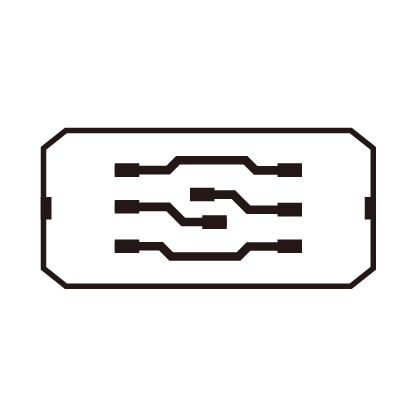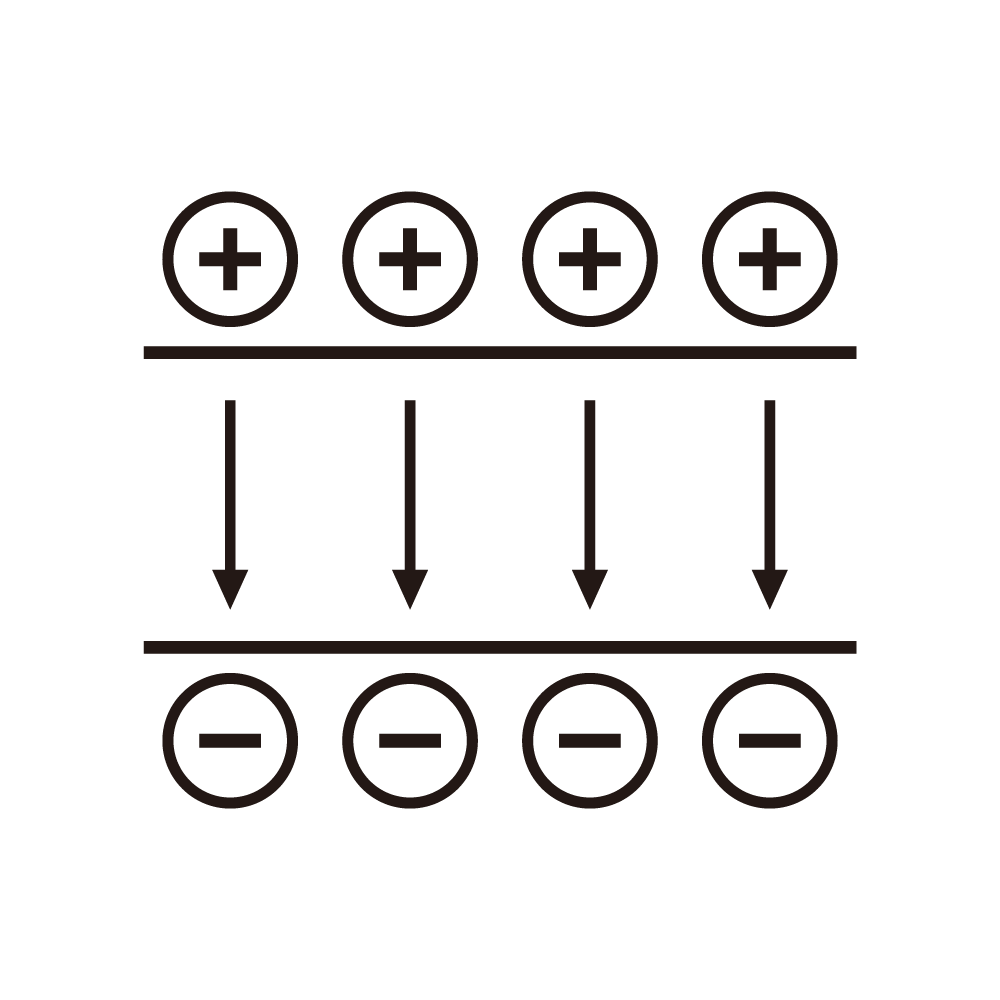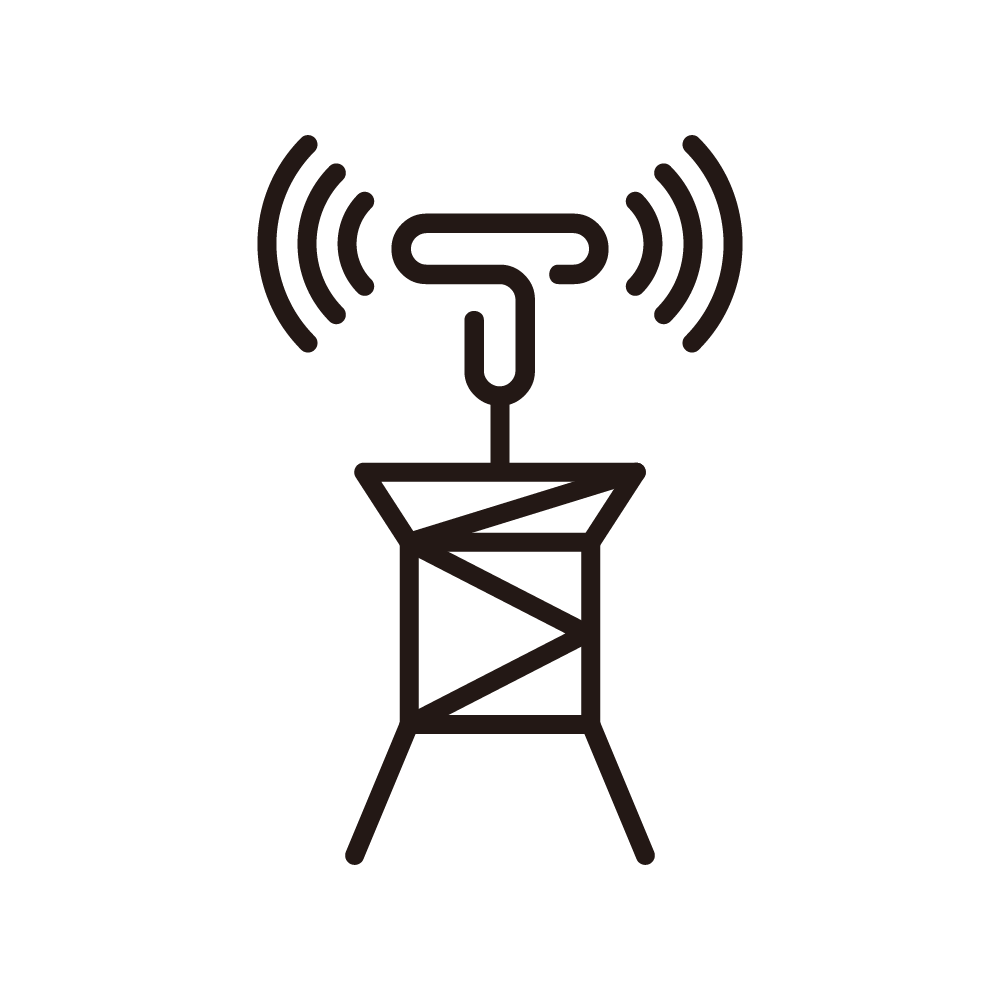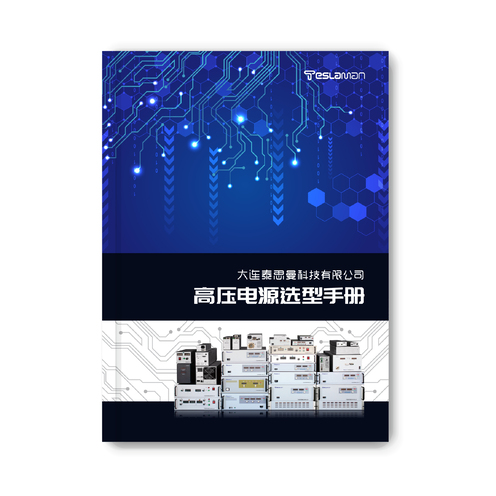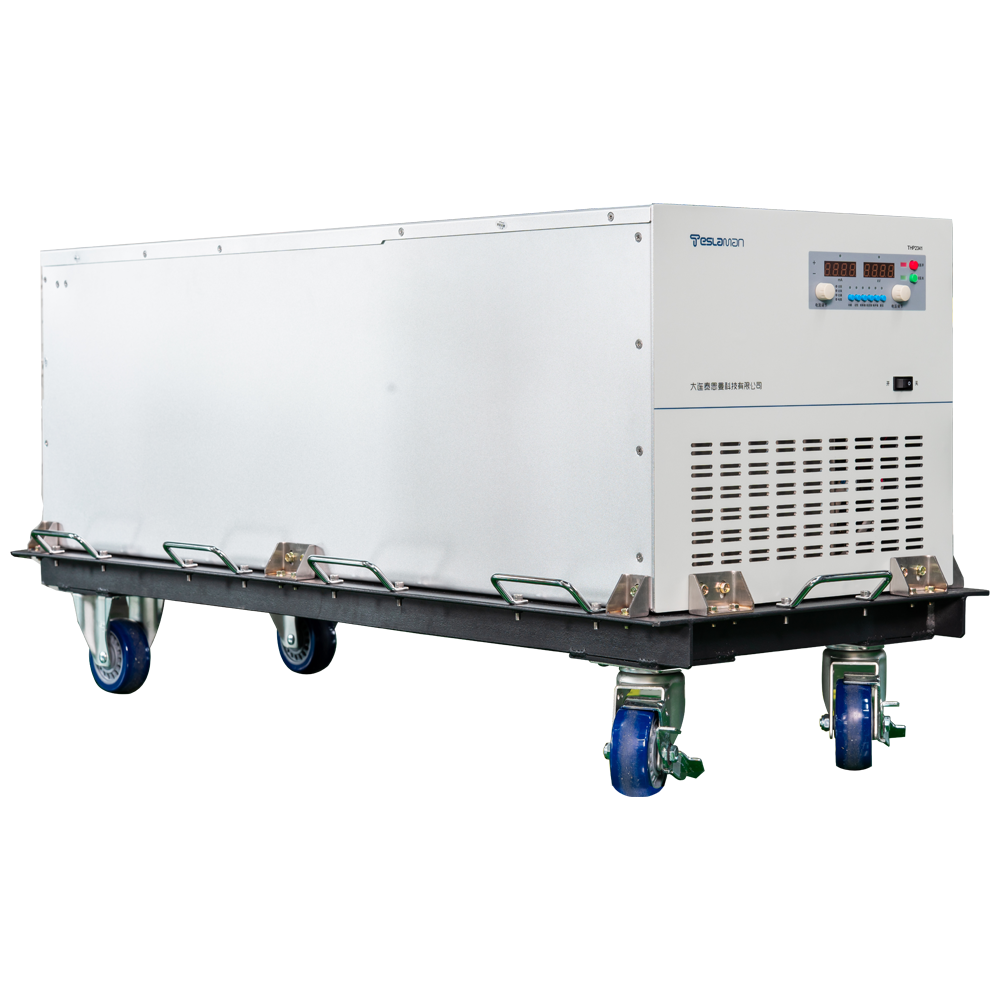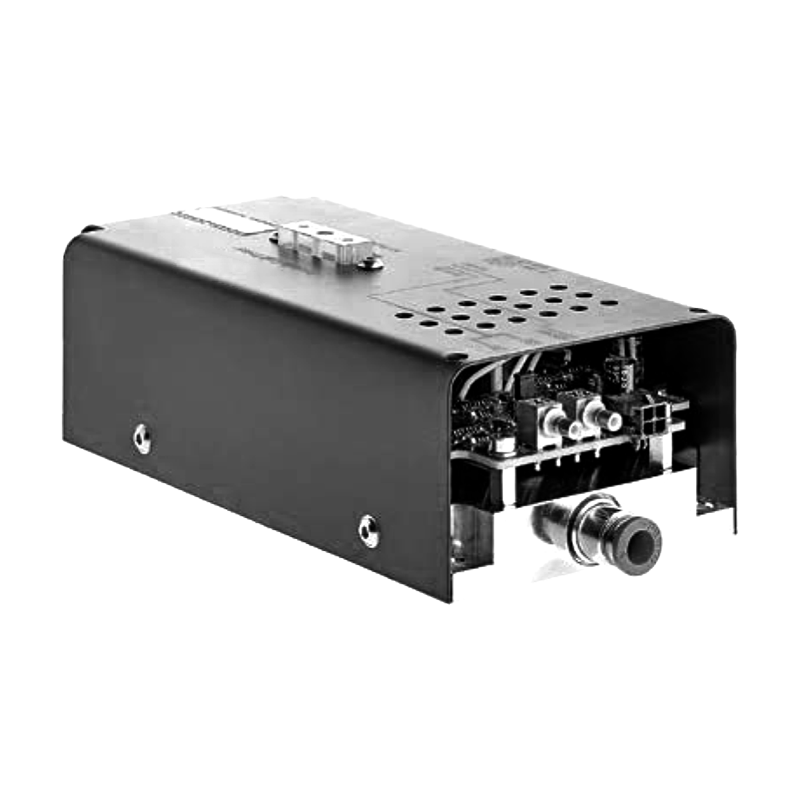Fault Troubleshooting of High-Voltage Power Supplies for Semiconductor Testing
In the field of semiconductor testing, high-voltage power supplies play a vital role. The stability and reliability of their performance directly affect the accuracy and validity of the test results of semiconductor devices. Therefore, mastering the methods of fault troubleshooting for high-voltage power supplies is of great significance for ensuring the smooth progress of testing work.
The first step in troubleshooting high-voltage power supply faults is to conduct a visual inspection. This includes checking whether the connection lines of the power supply are damaged, short-circuited, or open-circuited. For example, check whether the power cord has exposed wire cores due to wear and tear, whether the connection plugs are firmly inserted and there is no sign of looseness. Meanwhile, observe whether the power supply casing is deformed, burnt, or emitting a strange smell. If burnt marks are found on the casing, it may imply that there are serious over-current or overheating problems inside the power supply, which requires further in-depth investigation.
The status of the indicator lights on the power supply is also an important clue for troubleshooting. For a high-voltage power supply that is working normally, its indicator lights should light up or blink according to the established rules. If the indicator lights do not light up at all, it may be that the power supply has not been connected to the input voltage. At this time, it is necessary to check the power supply lines and whether the fuse has blown. If the fuse has blown, it should not be simply replaced. Instead, the cause of the blowing should be identified. There may be a short-circuit fault inside the power supply, and the subsequent circuits, such as the rectifier bridge and filter capacitors, need to be carefully inspected to see if there are breakdown damages.
After ensuring that the input voltage is normal and the indicator lights respond, attention should be paid to the output situation of the high-voltage power supply. Use a professional high-voltage voltmeter to measure the output voltage. If the output voltage is zero or much lower than the set value, there may be a fault in the high-voltage generation circuit. The high-voltage generation circuit generally includes an oscillation circuit, a transformer, a voltage multiplier rectifier circuit, and other parts. For the oscillation circuit, it is necessary to check whether the oscillation tubes are working normally, whether their operating points are appropriate, and whether the related capacitors, inductors, and other components are damaged or have parameter drift. Whether the windings of the transformer are open-circuited or short-circuited also needs to be checked. This can be preliminarily judged by measuring the resistance values of the windings. If the diodes and capacitors in the voltage multiplier rectifier circuit are broken down or have leakage, it will also lead to abnormal high-voltage output.
In addition, the overvoltage protection and overcurrent protection circuits of the high-voltage power supply may also cause faults. When these protection circuits malfunction, the power supply will not be able to output high voltage normally. Check whether the trigger thresholds of the protection circuits are set correctly and whether the related detection resistors and capacitors are damaged or have performance changes. For example, if the resistance value of the voltage divider resistor in the overvoltage protection circuit changes, the protection circuit may be triggered under normal voltage conditions.
The cooling system is also indispensable for the stable operation of the high-voltage power supply. If the power supply fails after working for a long time, it may be due to poor heat dissipation, resulting in excessive internal temperature, which further affects the performance of electronic components and even causes component damage. Check whether the cooling fan is operating normally and whether there is dust accumulation on the heat sink that blocks the heat dissipation channel.
During the fault troubleshooting process, the factor of electromagnetic interference also needs to be considered. There may be various electromagnetic interference sources in the semiconductor testing environment, such as other testing equipment and motors. These interferences may affect the control circuits of the high-voltage power supply and cause abnormal operation. Shielding measures and filter circuits can be used to reduce the impact of electromagnetic interference, and it is necessary to check whether the existing anti-interference measures are effective.
In conclusion, troubleshooting faults of high-voltage power supplies for semiconductor testing requires starting from multiple aspects, comprehensively using methods such as visual inspection, electrical parameter measurement, and circuit analysis to gradually locate the fault points, so as to solve the faults in a timely and effective manner and ensure that the high-voltage power supplies can operate stably and reliably in semiconductor testing work, providing a powerful technical guarantee for the development of the semiconductor industry. Through a rigorous and meticulous fault troubleshooting process, not only can the testing efficiency be improved, but also the risks of increased testing costs and inaccurate testing results caused by power supply faults can be reduced.








